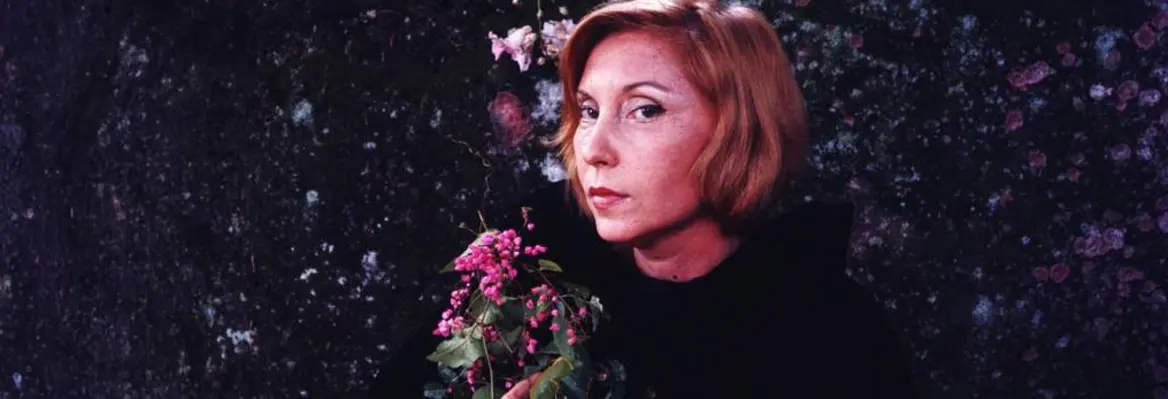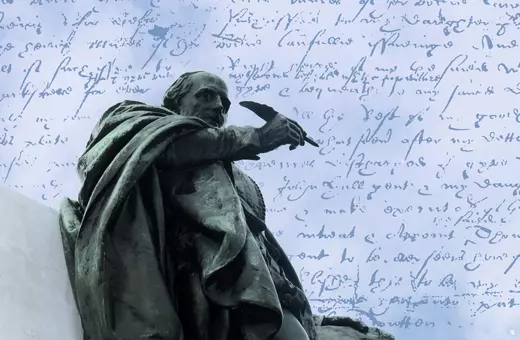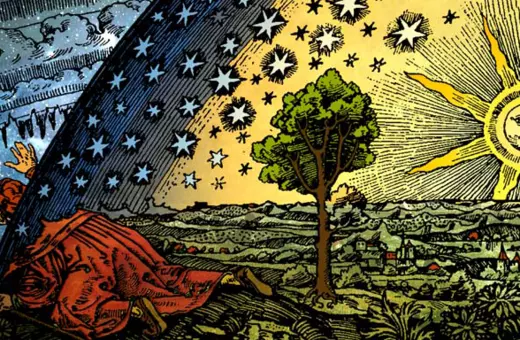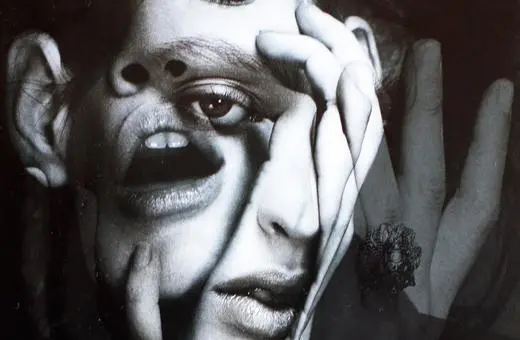The creation of the self brings with it the creation of linear time; the self lives towards death. And by imagining her own death, writer Clarice Lispector, escapes the self and the pull of time. Michael Marder argues that Lispector is calling for us to open ourselves to the world and embrace an existentialism that extends beyond the human.
Until 2009, the name of Clarice Lispector was virtually unknown in the English-speaking world, except for a few connoisseurs of Brazilian literature. That year, the publication of Benjamin Moser’s biographical study of Lispector, titled Why This World, became a watermark moment if not in her posthumous popularity, then in a wider recognizability. I will not revisit the cliché designations of the author as “the Brazilian Kafka” (I find it highly suspicious when critics transpose the name of an iconic European writer onto writers outside of Europe, even though, in this case, Lispector was born in Ukraine, in a Jewish family that immigrated to Brazil when she was still an infant). What I would like to touch upon, if only very briefly, is the dimension of her literary work, which may be called posthuman before posthumanism (pre-post is a designation she would have had a hearty laugh about) and which amounts to a non-human existentialism.
___
Lispector’s perspective is not only posthuman, but also posthumous with respect to herself, as she makes clear in numerous interviews.
___
Posthumanism – a way of challenging traditional human-centred views by emphasizing the interconnectedness of humans with non-human entities and complex systems – emerged in philosophy, as well as literary and cultural criticism, in the late twentieth century, though its roots are traceable back to the nineteenth century. Lispector’s perspective is not only posthuman, but also posthumous with respect to herself, as she makes clear in numerous interviews. The invisible bonds tying together posthumous and posthuman deserve more attention than they usually receive, not least because both revolve around humus, the earth, which defines the human in a decidedly non-humanist way, repressed in trendy approaches to posthumanism, and which receives the corpse. The death of the author, theorized by Roland Barthes, is very literal for her: she is speaking and writing as though having already died, and, indeed, without the pretense of the as though: “I have died and I am speaking from my grave,” she says in an interview a little less than a year before her death in 1977. More than a premonition of her impending demise, this is how Lispector frees herself from a fixed chronology, from her life, her time, and her world, that is to say, from the possessive form (a herness), harnessing existence to a very particular (appropriative) relation to actuality.
___
For Lispector, true existence begins when I stop trying to appropriate the world and instead surrender to its strange, unpredictable reality.
___
In The Passion According to G.H., Lispector’s most famous novel, she puts it simply: “the world was neither me nor mine [o mundo não era nem eu nem meu].” Rather than depriving herself of the world, she opens herself up to its unfamiliarity, to its uncanniness, to the fact that she does not feel at home in the world – nor in herself. The end signaled by the death of me and of mine is the beginning of an infinite journey, as inner as it is outer: “I was leaving my world and going into the world.” For Lispector, true existence begins when I stop trying to appropriate the world and instead surrender to its strange, unpredictable reality.





















Join the conversation